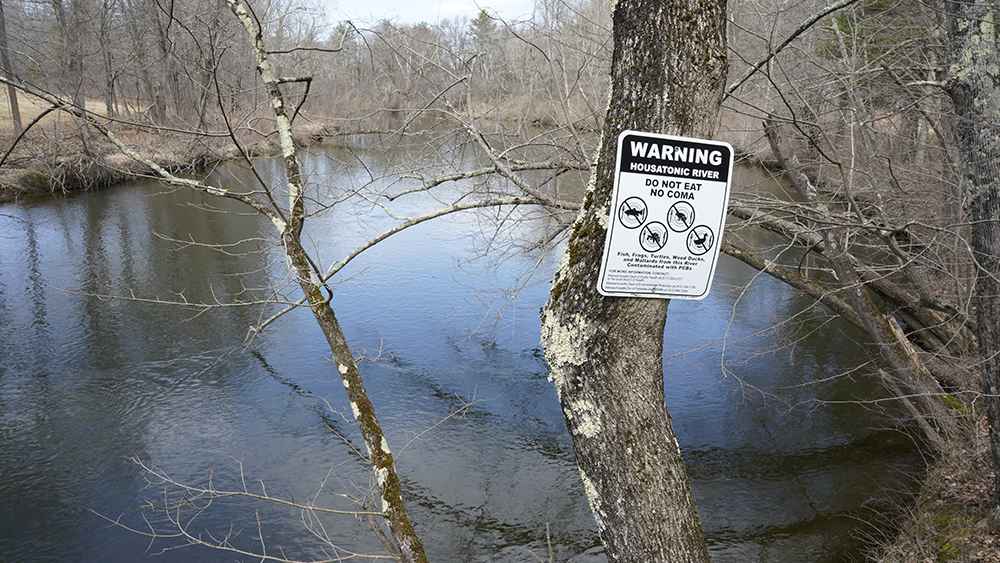Research shows food dyes can damage DNA structure and cause cancer
04/03/2023 / By Zoey Sky

According to the Center for Science in the Public Interest (CSPI), common food dyes like Red 40 and Yellow 5 are made from petroleum and pose many health risks.
The health risks linked to these artificial colors in food include hyperactivity in children, allergic reactions and cancer.
Back in 2008, the CSPI petitioned the Food and Drug Administration (FDA) to ban the use of harmful food dyes.
The British government and the European Union took action to help end the use of dyes throughout Europe. Unfortunately, at least 15 million pounds of food color additives are still sold annually in the United States.
These food dyes are used to make food more appealing and increase sales as a result. Adding to the issue of harmful food dyes is the mindset of consumers preferring food that they think looks “fresh and attractive.” Sadly, this food misconception is held by many shoppers in the country. (Related: Candy carcinogens: Petroleum-based additives are being used in popular children’s candy.)
Health risks linked to common food dyes
Several food dyes have already been banned because of the health problems associated with them. But some are still permitted by the FDA.
According to research, some of these food dyes, like Red No. 3, can damage DNA in human liver cells and disrupt the function of the thyroid.
Parents should also think twice when buying groceries because children who consume food with Red No. 3 are at greater risk for a lifetime of health problems. Additionally, children’s foods often have the most dyes in them.
Michael F. Jacobson, CSPI’s executive director, warned that food dyes are synthetic chemicals that do not improve the nutritional quality or safety of foods. Instead, these dyes only “trigger behavior problems in children and, possibly, cancer in anybody.”
The FDA has not done much to eliminate Red No. 3 from the food supply. The agency recognized its potential to cause cancer as early as 1985, and banned it from any products that go on the skin. However, food dyes are still being used in foods and many of Big Pharma’s medications.
In September 2012, the International Journal of Occupational and Environmental Medicine reported that Red Dye No. 3 causes cancer in animals, which suggests that the same thing could happen to humans. Data also suggests that some dyes consumers are often exposed to are carcinogenic. Yet, pressure from the food additive industry keeps the FDA from banning these dyes altogether.
Data from the journal Food and Chemical Toxicology revealed that certain consumable dyes can harm the pituitary gland and sperm in humans. This means food dyes can harm your mental and physical health, as well as your reproductive health.
How to protect your family from harmful food dyes
Red No. 3 (erythrosine) is a cherry-red coloring that is often used in candy, popsicles and cake-decorating gels.
Meanwhile, Red No. 40 (Allura Red) is a dark red dye that is used in candy, cereals, condiments and sports drinks. It is made from petroleum and is approved by the FDA for use in foods and drinks.
According to research, artificial food dyes are linked to hyperactivity, including attention deficit hyperactivity disorder (ADHD). Some studies have also suggested a connection between the consumption of products with food dyes and increased ADHD or hyperactivity in children.
Foods that contain red food dye
Red dye 40 is one of the most popular color additives. Most food products that come in a package are processed and often contain food dyes such as red dye 40.
When buying groceries, check the ingredients list for red dye 40, which can also be listed as:
- Red 40
- Red 40 Lake
- FD&C Red No. 40
- FD&C Red No. 40 Aluminum Lake
You should also keep in mind that ingredients are listed on food labels by weight.
Foods that commonly use red dye 40 include:
- Cakes and frosting
- Candy and gum
- Cereals
- Chips and salty snack foods
- Energy drinks
- Gelatins
- Ice cream
- Pastries
- Popsicles
- Protein powders
- Puddings
- Soda
- Sports drinks
- Yogurt
To avoid dyes, you should take note of the foods that you are purchasing that have dye in them, then try a healthy alternative.
If your kids love cereal that contains food dye, find one that doesn’t. Then explain to your family why you made the switch. You should also tell teach your family to read labels to avoid food dyes.
Side effects of red dye 40
It can be hard to determine the exact cause of certain side effects because red dye is commonly used with other food additives that may also lead to symptoms.
Potential side effects of the food dye may include:
- Allergic reactions
- Behavioral changes like irritability and depression
- Hives and asthma
- Hyperactivity, including ADHD
- Migraines
- Skin irritation
- Sneezing
- Watery eyes
Additionally, red dye 40 contains benzene, a known cancer-causing substance.
Does your child have a red dye allergy?
If you suspect that your child has a red dye allergy, screen for red dye 40 intolerance at home.
First, try eliminating all foods with red dye 40 for one or two weeks. This can result in an improvement in behavior.
However, it might be hard to confirm how the dye affects your children until you reintroduce foods containing the dyes and observe their reactions.
Remember that medication for children, like chewable tablets or liquid cough syrups, can also contain food dyes. To avoid the dyes, opt for dye-free versions.
These dangerous food dyes are in too many products that both children and adults consume, yet most consumers don’t think twice about consuming or using them. Take action now and protect your loved ones from the health problems linked to food dyes like cancer before it’s too late.
Watch the video below to know more about the dangers of eating foods and medications that contain food dyes.
This video is from the Take Control of Your Health! channel on Brighteon.com.
More related stories:
Combined natural colorants can replace harmful artificial food colorings (AFCs), reveals study.
Grape skins can be used as natural food colorant.
Natural pigments are a safer alternative to harmful artificial food colorings (AFCs).
Sources include:
Submit a correction >>
Tagged Under:
additives, artificial colors, carcinogens, children's health, DNA, food color, food dye, toxic chemicals, toxic ingredients, toxins
This article may contain statements that reflect the opinion of the author
RECENT NEWS & ARTICLES
Chemicals.News is a fact-based public education website published by Chemicals News Features, LLC.
All content copyright © 2018 by Chemicals News Features, LLC.
Contact Us with Tips or Corrections
All trademarks, registered trademarks and servicemarks mentioned on this site are the property of their respective owners.
















